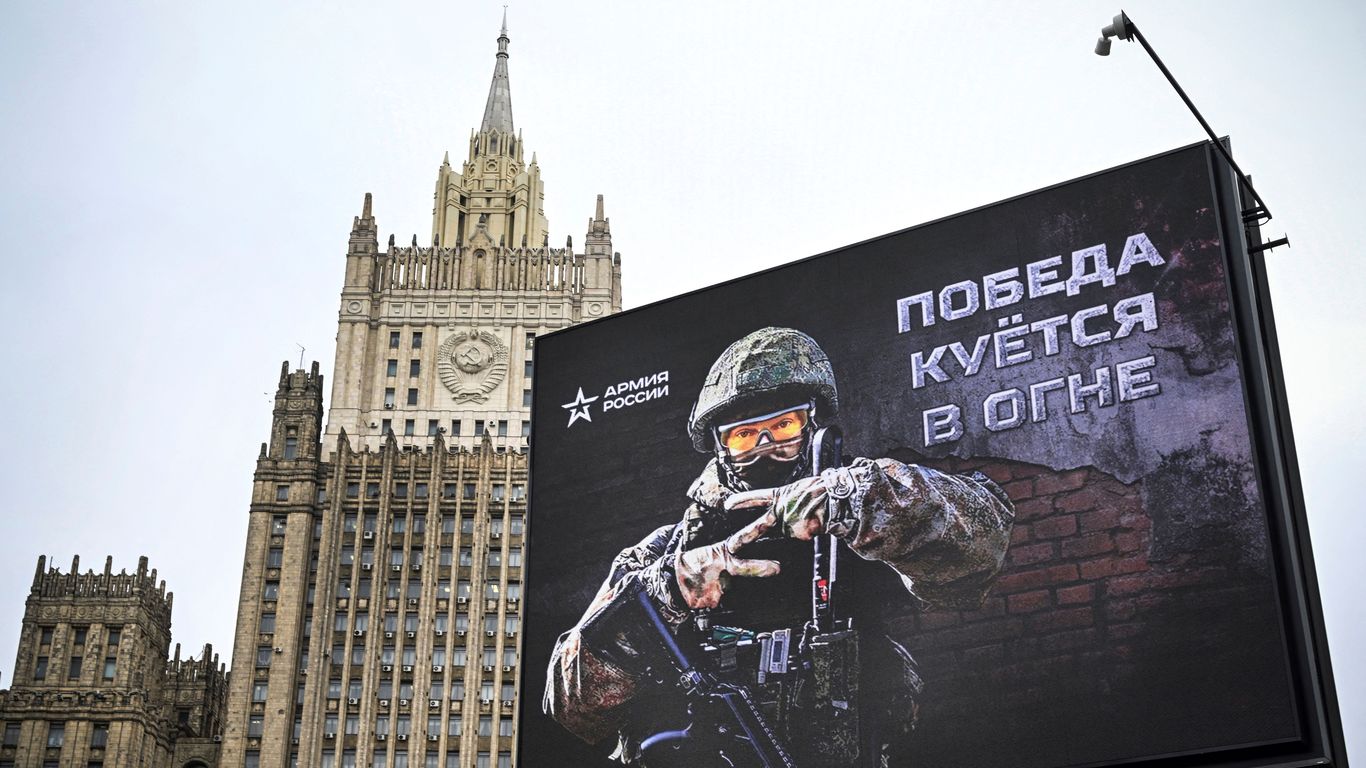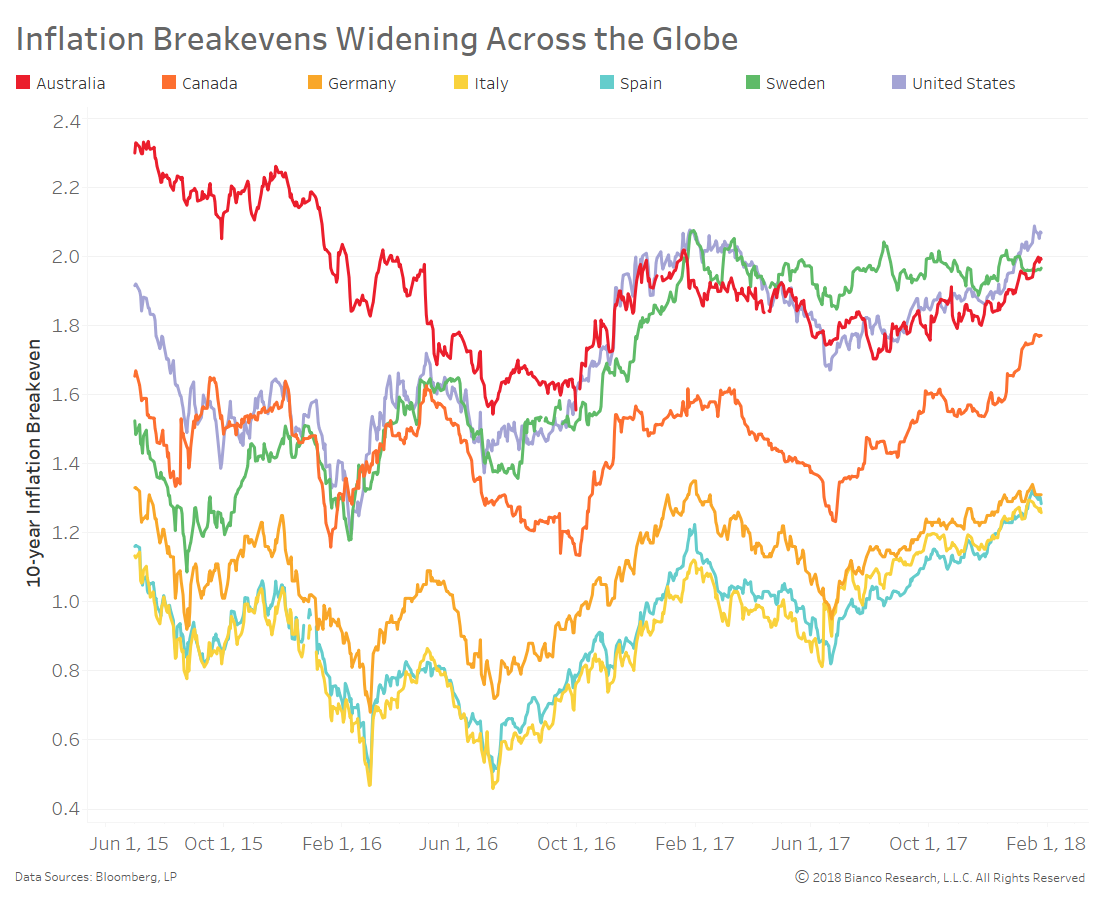Russia-Ukraine War Fears Prompt Increased U.S. Military Deployment In Northern Europe

Table of Contents
Reasons for Increased U.S. Military Deployment in Northern Europe
The bolstering of U.S. military forces in Northern Europe is a multifaceted response to the evolving geopolitical landscape. Several key factors contribute to this significant increase in military presence.
Deterrence of Russian Aggression
The primary driver behind the heightened U.S. military deployment in Northern Europe is the urgent need to deter further Russian expansionism. The invasion of Ukraine starkly demonstrated Russia's willingness to use military force to achieve its geopolitical objectives, shattering previous assumptions about European security.
- Increased troop presence acts as a visible deterrent: The increased number of U.S. troops stationed in the region serves as a powerful visual signal of the West's resolve to defend its interests and those of its allies.
- Deployment of advanced weaponry strengthens NATO's defensive capabilities: The deployment includes cutting-edge weaponry and military technology, bolstering the defensive capabilities of NATO forces in the region and making a potential invasion significantly more costly for any aggressor.
- Regular military exercises demonstrate commitment to collective defense: Frequent joint military exercises involving U.S. and allied forces demonstrate a clear commitment to collective defense and strengthen interoperability between allied militaries. These exercises showcase the strength and unity of NATO's response.
Reassurance of NATO Allies
Beyond deterrence, the deployment aims to reassure NATO allies in Northern Europe, particularly those bordering Russia, of the unwavering U.S. commitment to their security. The anxiety among these nations is palpable, and a strong military presence is a crucial element of reassurance.
- Enhanced military presence boosts confidence among nervous populations: The visible presence of U.S. troops provides a tangible sense of security to populations concerned about potential Russian aggression. This reduces anxieties and strengthens confidence in collective defense.
- Strengthened defense capabilities provide a sense of security against potential threats: Improved defensive capabilities, through enhanced military technology and joint training exercises, directly contribute to a sense of security.
- Improved communication and coordination between U.S. and allied forces strengthens collective defense: Increased cooperation and communication between U.S. and allied forces enhance interoperability and demonstrate a united front against potential threats.
Strengthening NATO's Eastern Flank
The U.S. military deployment significantly strengthens NATO's eastern flank, bolstering the alliance's overall defense posture against potential incursions. This reinforcement is crucial in the face of perceived and actual threats.
- Deployment of troops and equipment to key strategic locations enhances defensive capacity: Strategic placement of troops and equipment strengthens defensive positions and reduces the potential for a successful attack.
- Increased military exercises and joint operations improve interoperability between NATO members: Regular exercises ensure seamless cooperation and coordination amongst allied forces, improving readiness and response time.
- Presence of U.S. forces demonstrates a clear commitment to mutual defense: The visible presence of U.S. forces reassures allies of the commitment to Article 5 of the NATO treaty – an attack on one is considered an attack on all.
Implications of Increased U.S. Military Deployment in Northern Europe
The increased U.S. military deployment carries significant implications across various domains, impacting regional stability, the economy, and the broader geopolitical landscape.
Regional Stability
The increased U.S. military presence can contribute to regional stability by deterring potential aggressors and reassuring allies. However, it also introduces complexities and risks.
- Potential for miscalculation and unintended escalation remains a concern: The increased military presence, if not handled carefully, could lead to miscalculations and unintended escalation of tensions. De-escalation strategies are critical.
- Importance of clear communication and de-escalation strategies: Open communication channels and well-defined de-escalation strategies are essential to prevent accidental conflict or misunderstandings.
- Need for diplomatic efforts alongside military deployments: Military deployments must be complemented by robust diplomatic efforts to address the underlying causes of tension and find peaceful resolutions.
Economic Impact
The deployment has significant economic implications for host countries.
- Analysis of the economic costs and benefits for host nations: While there are costs associated with infrastructure improvements and supporting the troops, there are also potential economic benefits such as increased spending and job creation.
- Assessment of potential opportunities for local businesses: The presence of U.S. troops can create opportunities for local businesses through contracts and increased demand for goods and services.
- Impact on tourism and other sectors: The deployment can impact the tourism sector, both positively and negatively, depending on the location and scale of the deployment.
Geopolitical Implications
The increased deployment reflects the shifting geopolitical landscape in Europe and reinforces the importance of the transatlantic relationship.
- Shift in the balance of power in the region: The deployment subtly shifts the balance of power in the region, influencing relationships between various countries and alliances.
- Implications for the future of NATO and transatlantic security cooperation: The deployment underscores the continuing relevance and importance of NATO and transatlantic security cooperation in maintaining stability.
- Potential impact on relations between the U.S. and Russia: The deployment is likely to further strain relations between the U.S. and Russia, potentially increasing the risk of escalation.
Conclusion
The increased U.S. military deployment in Northern Europe, driven by concerns about the Russia-Ukraine war, represents a significant shift in the region’s security architecture. While primarily aimed at deterring Russian aggression and reassuring allies, the deployment has broader implications for regional stability, economic development, and the future of transatlantic relations. Understanding the complexities of this situation is crucial. To stay informed on the ongoing developments and the impact of the U.S. military deployment in Northern Europe, continue to follow reputable news sources and analyses. The evolving situation necessitates close monitoring of the U.S. military presence in Northern Europe and its consequences.

Featured Posts
-
 Padres Merrills Two Run Homer Fuels Historic 7 0 Start
May 28, 2025
Padres Merrills Two Run Homer Fuels Historic 7 0 Start
May 28, 2025 -
 Avrupa Da Bomba Transfer Ingiliz Kuluebue Imza Icin Cok Yakin
May 28, 2025
Avrupa Da Bomba Transfer Ingiliz Kuluebue Imza Icin Cok Yakin
May 28, 2025 -
 The Bond Crisis A Growing Threat To Investors
May 28, 2025
The Bond Crisis A Growing Threat To Investors
May 28, 2025 -
 Prakiraan Cuaca Bandung Besok 26 Maret Antisipasi Hujan Di Jawa Barat
May 28, 2025
Prakiraan Cuaca Bandung Besok 26 Maret Antisipasi Hujan Di Jawa Barat
May 28, 2025 -
 Is Rodrygo Headed To Arsenal New Transfer Offer From Gunners
May 28, 2025
Is Rodrygo Headed To Arsenal New Transfer Offer From Gunners
May 28, 2025
